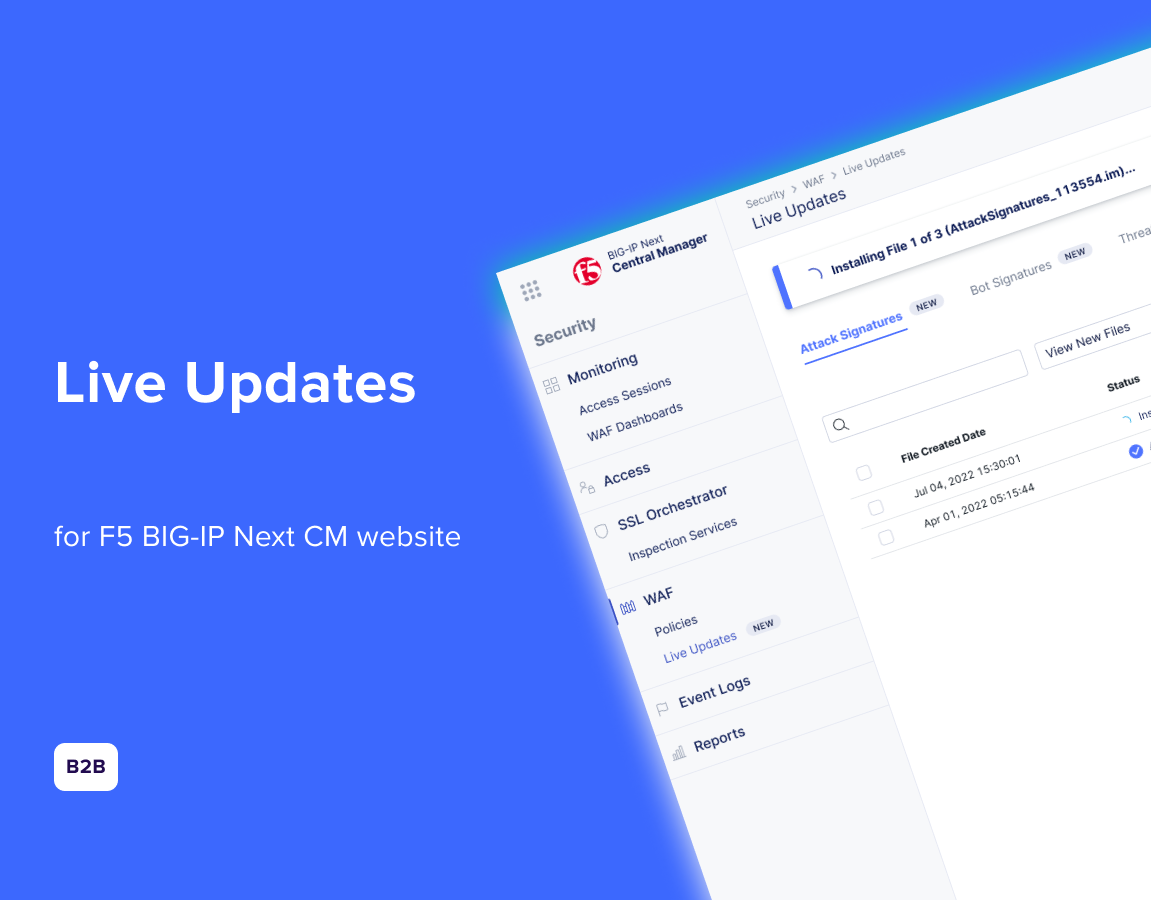Context
I needed to design and define the behavior of the Boot and activation flow on temi OS that should fit the design system of the temi OS.
temi is a personal robot assistant for home and office. It can navigate: follow the users, go to saved locations, and it has built-in apps. Also, you can navigate and customize temi from temi mobile app.
I was assigned to this project because of my experience in designing user experiences and user interfaces in temi company, I assisted the team with understanding the context of the product and the users it would serve.
I was assigned to this project because of my experience in designing user experiences and user interfaces in temi company, I assisted the team with understanding the context of the product and the users it would serve.
Goals: Design a screen flow and user interface for the defined target audience.
Team: I worked in collaboration with the VP of Product, Software Manager, Mobile Team Leader, and developers.
Work Type: Agile.
Success Metrics: Users will successfully activate their temi.
The role of the boot and activation flow at temi OS
Boot and activation is the first thing the user will see after he will first time turn on the robot. Therefore, it needs to be as fast as possible.
Research Steps & Challenges
Competitive Analysis
I've checked other devices that may have similar behavior to understand what are the most common uses and best practices.
Also, I gathered the info from the dev team, algorithmics team, and mechanical team to understand what are the limitations and the order of flows.
User testing
After creating a few flows, we tested them on actual people to measure our work progress.
After a few iterations, we've devised a final design described here.
Flow chart of happy scenario
Design
Activation Flow
How does it look on a robot?
Conclusions
- Was it successful? Our analytics and support shows that it is
- The first iteration of activation was different. Proper research and user interviews gave us the idea that QR would work much better, and in the end, it did







